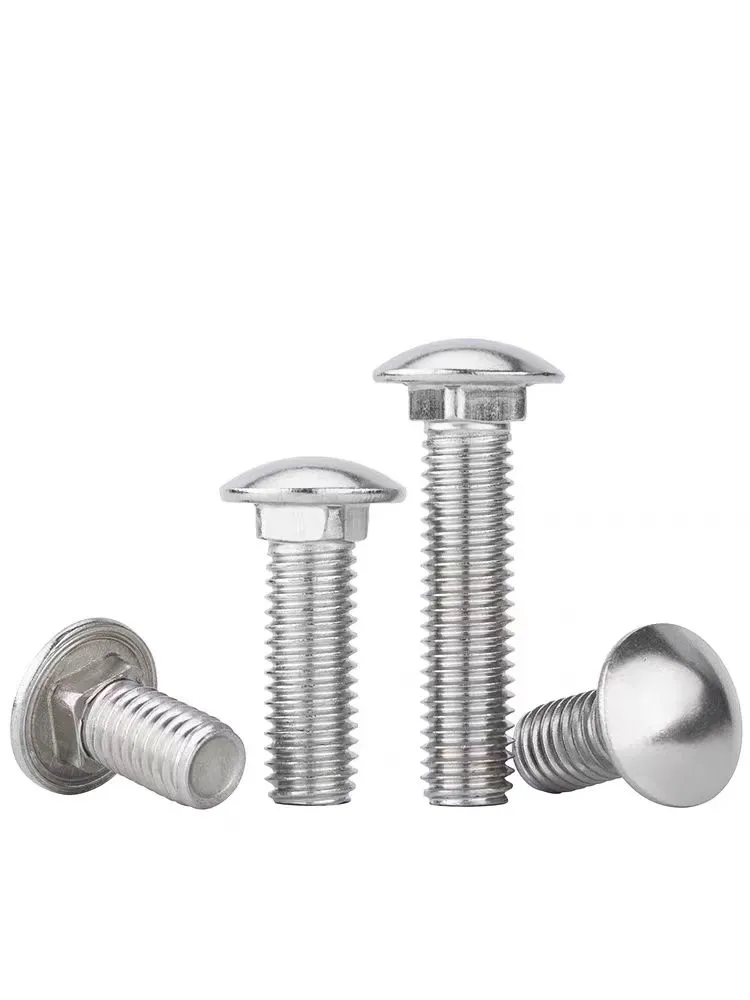

techniques for effectively installing self-tapping screws into
Th11 . 25, 2024 20:50 Back to list
techniques for effectively installing self-tapping screws into
Techniques for Effectively Installing Self-Tapping Screws
Self-tapping screws are an essential component in many construction and repair projects. Their unique design allows them to create their own hole as they are driven into materials, which saves time and ensures a secure fit. However, the effectiveness of their installation can significantly impact the overall success of a project. Below are several techniques for effectively installing self-tapping screws.
1. Choosing the Right Screw
The first step to a successful installation is selecting the appropriate type of self-tapping screw. These screws come in various materials, sizes, and thread types. For instance, if you are working with metal, screws made of stainless steel or carbon steel are ideal. Conversely, if you are working with wood, a wood screw variant would be the right choice. Additionally, consider the length of the screw; a longer screw will provide a stronger hold but may also require pre-drilling in certain materials.
2. Preparing the Material
Preparation of the material is critical for the effective installation of self-tapping screws. For softer materials such as wood, it is often advisable to drill a pilot hole to prevent splitting and to guide the screw more accurately. In contrast, when working with harder materials like metal, ensure the surface is free of rust, debris, and other contaminants, as this will create a better seal and prevent screw failure.
3. Using the Right Tools
The choice of tools also influences the efficiency of self-tapping screw installation. A power screwdriver or cordless drill equipped with the correct bit size will significantly reduce the time and effort required to drive screws. Ensure the bit fits snugly into the screw head to prevent stripping. Using a torque setting on your drill can also help avoid over-driving, which may lead to damage.
4. Correct Angle and Positioning
For optimal results, always drive the screw at a right angle to the surface. Tilted screws can lead to misalignment, reducing the screw's holding strength. Moreover, ensure that the screw is positioned in an appropriate location that will provide maximum support for the material you are fastening.
techniques for effectively installing self-tapping screws into

5. Taking Care not to Over-tighten
Over-tightening self-tapping screws can lead to material cracking or even breaking the screw itself. It can also create a situation where the screw loses its grip over time due to metal fatigue. To avoid this, start by driving the screw in slowly until you feel resistance, then ease up slightly to ensure a snug fit without causing damage.
6. Monitoring for Heat Buildup
As self-tapping screws are driven into the material, friction can generate heat. Excessive heat can weaken the screw and the surrounding material. If you notice heat buildup while installing, take a moment to let the area cool down before proceeding. This practice is particularly important when working with softer metals or plastics that may deform under heat.
7. Using the Right Lubrication
In some cases, especially with harder materials, it may be beneficial to use a lubricant. A light application of wax or soap on the screw threads can reduce friction and make it easier to drive the screw. However, be cautious not to over-lubricate, as this can cause the screw to become unstable.
8. Final Inspection
After installation, performing a final inspection is crucial. Check for uniform depth placement and tightness of the screws. Use a gauge to ensure that each screw is seated correctly, as inconsistencies can affect the integrity of the structure.
Conclusion
Installing self-tapping screws effectively requires attention to detail, the right tools, and appropriate techniques. By choosing the right screws, preparing the material, and following the correct procedures during installation, you can ensure a sturdy and reliable outcome for your projects. Always remember that careful installation is key to maximizing the benefits of these versatile components. By implementing these techniques, you will significantly enhance the efficacy and longevity of your installations.
Latest news
-
Premium Fasteners Manufacturer | AI-Driven Solutions
NewsAug.01,2025
-
Hot Dip Galvanized Bolts - Hebei Longze | High Strength, Corrosion Resistance
NewsAug.01,2025
-
High-Strength Hot Dip Galvanized Bolts - LongZe | Corrosion Resistance, Custom Sizes
NewsAug.01,2025
-
Best Self Tapping Screws for Drywall - Fast & Secure Installation
NewsJul.31,2025
-
High-Strength Hot Dip Galvanized Bolts-Hebei Longze|Corrosion Resistance&Customization
NewsJul.31,2025
-
Hot Dip Galvanized Bolts-Hebei Longze Metal Products|Corrosion Resistance&High Strength
NewsJul.31,2025

